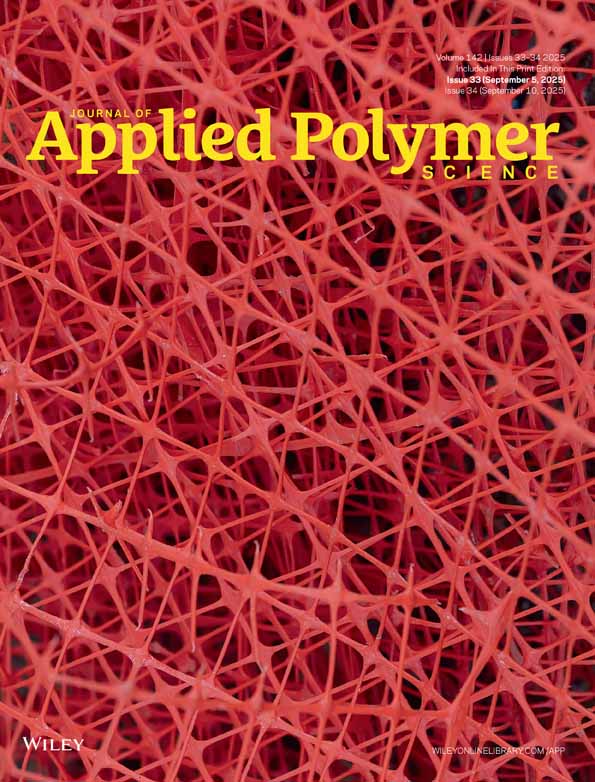Chemical modification of olive pomace by various esters and silane
Abstract
The olive pomace was modified chemically to improve the interface between the polymer matrix and the cellulosic fillers. The modification was done using various ester types having the same nature, however, with different chain lengths and one silane. Before the surface treatment, the olive pomace was extracted with acetone to remove contaminants on the surface, using Soxhlet apparatus. The transesterification of olive pomace with the different ester components, i.e., vinyl acetate, vinyl propanoate, and vinyl butanoate, and the condensation reaction with dichlorodimethylsilane was confirmed by Fourier transform infrared (FTIR) analysis. Moreover, the treatment of olive pomace with vinyl acetate improves the thermal stability and the sample records higher onset temperature of degradation as measured by thermogravimetric analysis (TGA). The results obtained indicated also that the reaction between the hydroxyl groups of waste flour and the acetyl, propionyl, pivalyl, and silane groups have occurred. The modified wood flours exhibited a decrease in the hydrophilicity as supported by the lower moisture content. © 2009 Wiley Periodicals, Inc. J Appl Polym Sci, 2010




